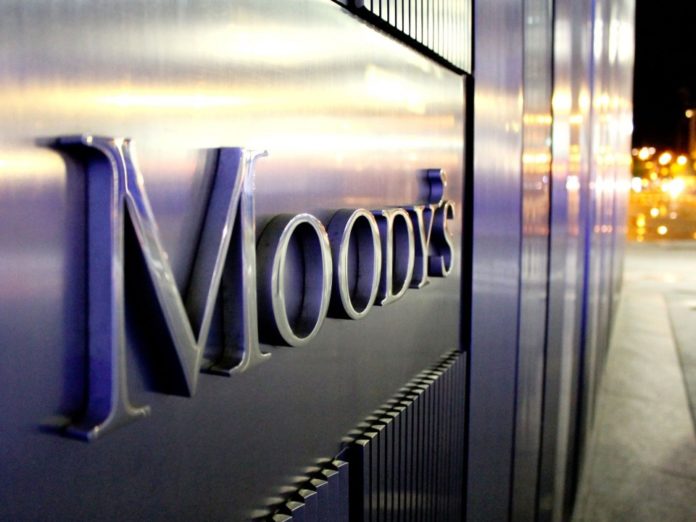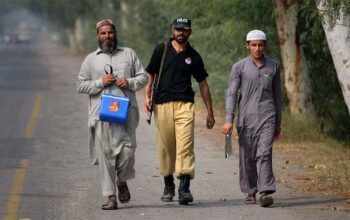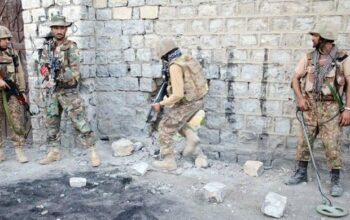By Staff Reporter
KARACHI: Moody’s Investors Service said on Tuesday that it had kept Pakistan’s ratings unchanged at Caa3 with a stable outlook, but warned of material default risks if the country failed to secure timely funding from the International Monetary Fund (IMF) and other partners.
Moody’s had completed a periodic review of Pakistan’s ratings. The review, however, did not announce a credit rating action and was not an indication of whether or not a credit rating action was likely in the near future.
The review was conducted through a committee held on Feb. 22, in which Moody’s reassessed the appropriateness of the ratings in the context of the recent developments in the country.
The rating agency said Pakistan’s credit profile reflected its very low foreign exchange reserves, very weak fiscal strength, and elevated political risks, which constrained its ability to meet its very high external financing needs over the near to medium term.
Pakistan’s credit profile reflects the government’s very high liquidity and external vulnerability risks as the very low levels of foreign exchange reserves remain well below what is required to meet its very high external financing needs over the near to medium term,” Moody’s said in a statement. “The country’s very weak fiscal strength and elevated political risks also constrain its credit profile.”
The rating agency said Pakistan’s liquidity and external vulnerability risks remained very high, even as the caretaker government had maintained economic stability and pushed through some reforms over the past few months, unlocking financing from the International Monetary Fund (IMF) and other multilateral and bilateral partners and resulting in a modest accumulation of foreign exchange reserves.
“While Pakistan is likely to meet its external debt obligations for the fiscal year ending June 2024, there is limited visibility regarding the sovereign’s sources of financing to meet its very high external financing needs after the current IMF Stand-By Arrangement ends in April 2024.”
Moody’s also said political risks were high, following a highly controversial general elections held on Feb. 8.
“Although a coalition government looks set to be formed primarily by Pakistan Muslim League-Nawaz party and Pakistan People’s Party, there is high uncertainty around the newly elected government’s willingness and ability to quickly negotiate a new IMF program soon after the current one expires in April.”
“The forthcoming coalition government’s electoral mandate may not be sufficiently strong to pursue difficult reforms that will likely be required by a successor program. Until a new program is agreed to, Pakistan’s ability to secure loans from other bilateral and multilateral partners will be severely constrained.”
Moody’s said the stable outlook reflected its assessment that the pressures that Pakistan faces were consistent with a Caa3 rating level, with broadly balanced risks.
“Continued IMF engagement, including beyond the current programme, would help support additional financing from other multilateral and bilateral partners, which could reduce default risk if this is achieved urgently and without further raising social pressures.”
At the same time, the large amount of external financing required over the medium term, combined with Pakistan’s very low reserves position, imply material default risks if there were delays in funding from the IMF and other partners.
Moody’s also said social pressures and weaknesses in governance may raise challenges in meeting criteria for future IMF funding.
“The rating would likely be upgraded if Pakistan’s government liquidity and external vulnerability risks decreased materially and durably. This could come with a sustainable increase in foreign exchange reserves.”
“A resumption of fiscal consolidation, including through implementing revenue-raising measures, pointing to a meaningful improvement in debt affordability would also be credit positive.”
The rating would likely be downgraded if Pakistan were to default on its debt obligations to private-sector creditors and the expected losses to creditors as a result of any restructuring were larger than consistent with a Caa3 rating.
Copyright © 2021 Independent Pakistan | All rights reserved




